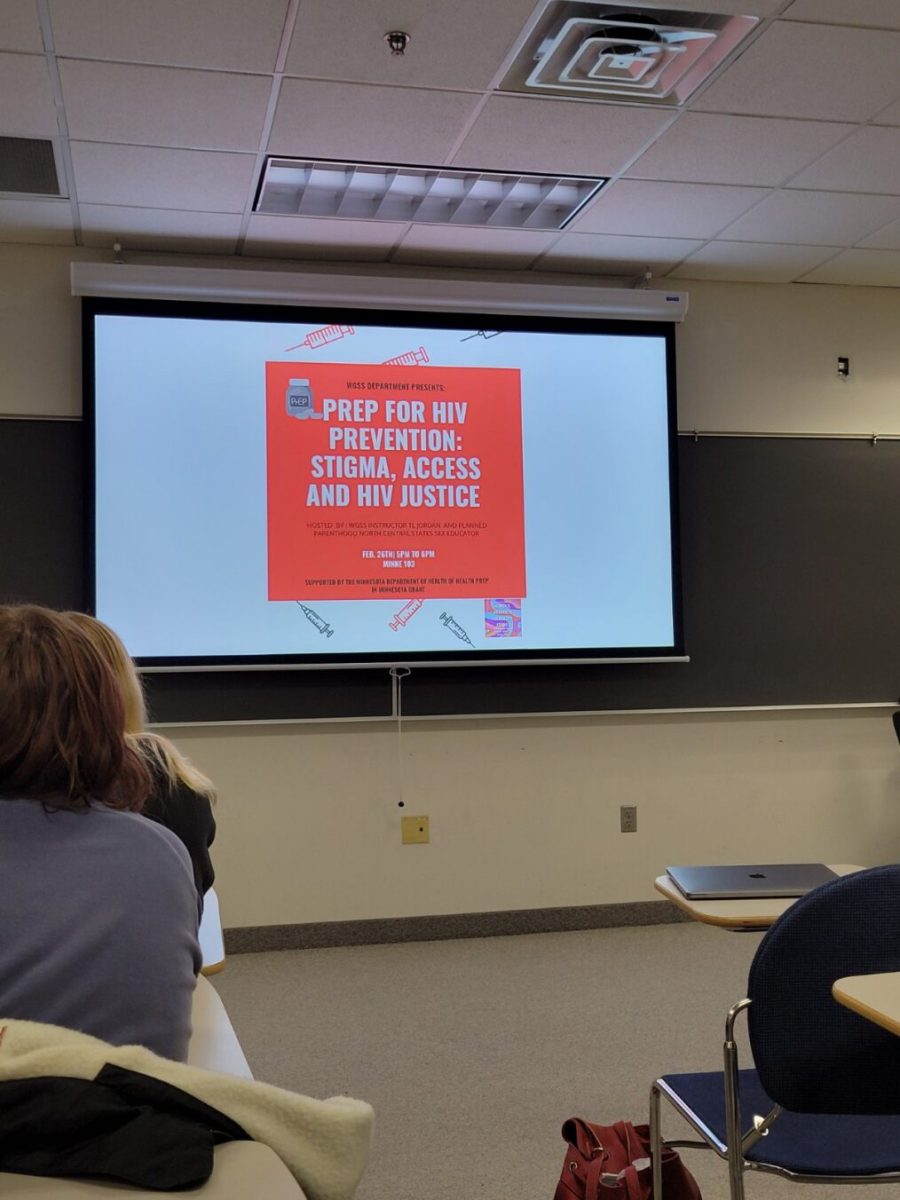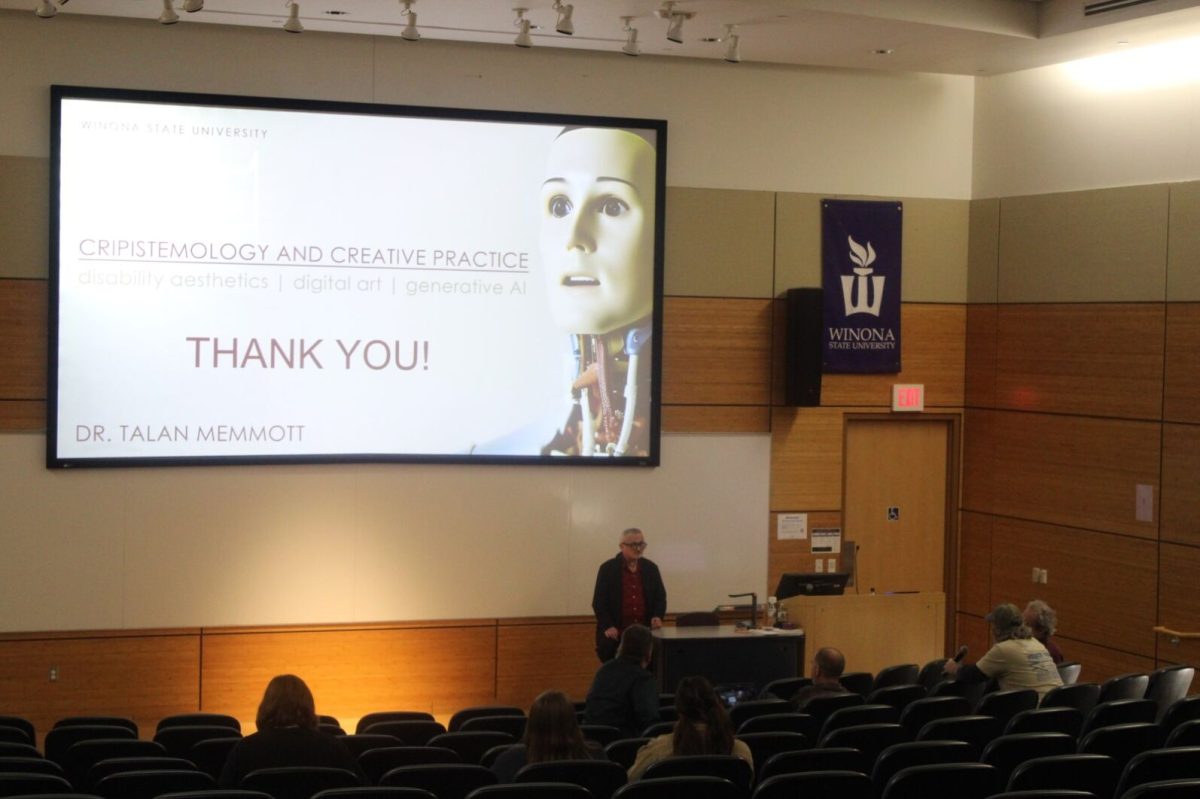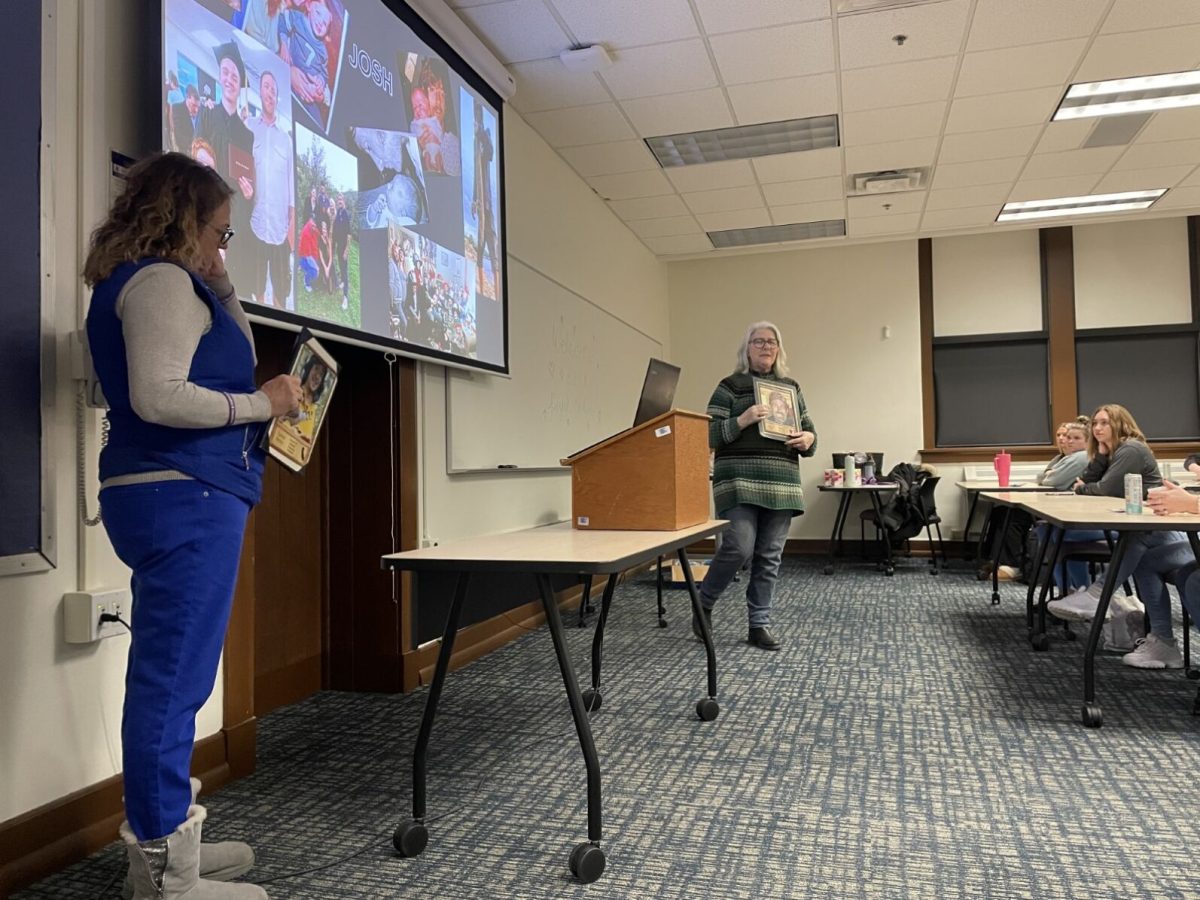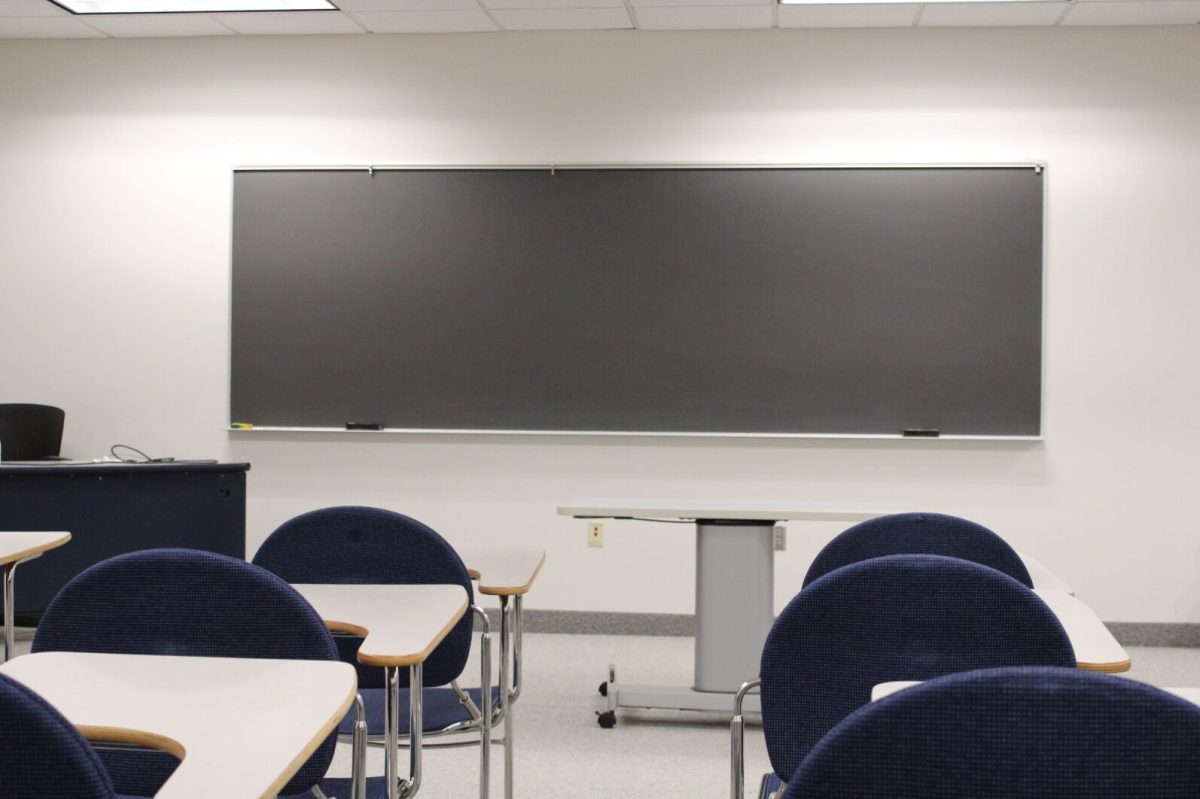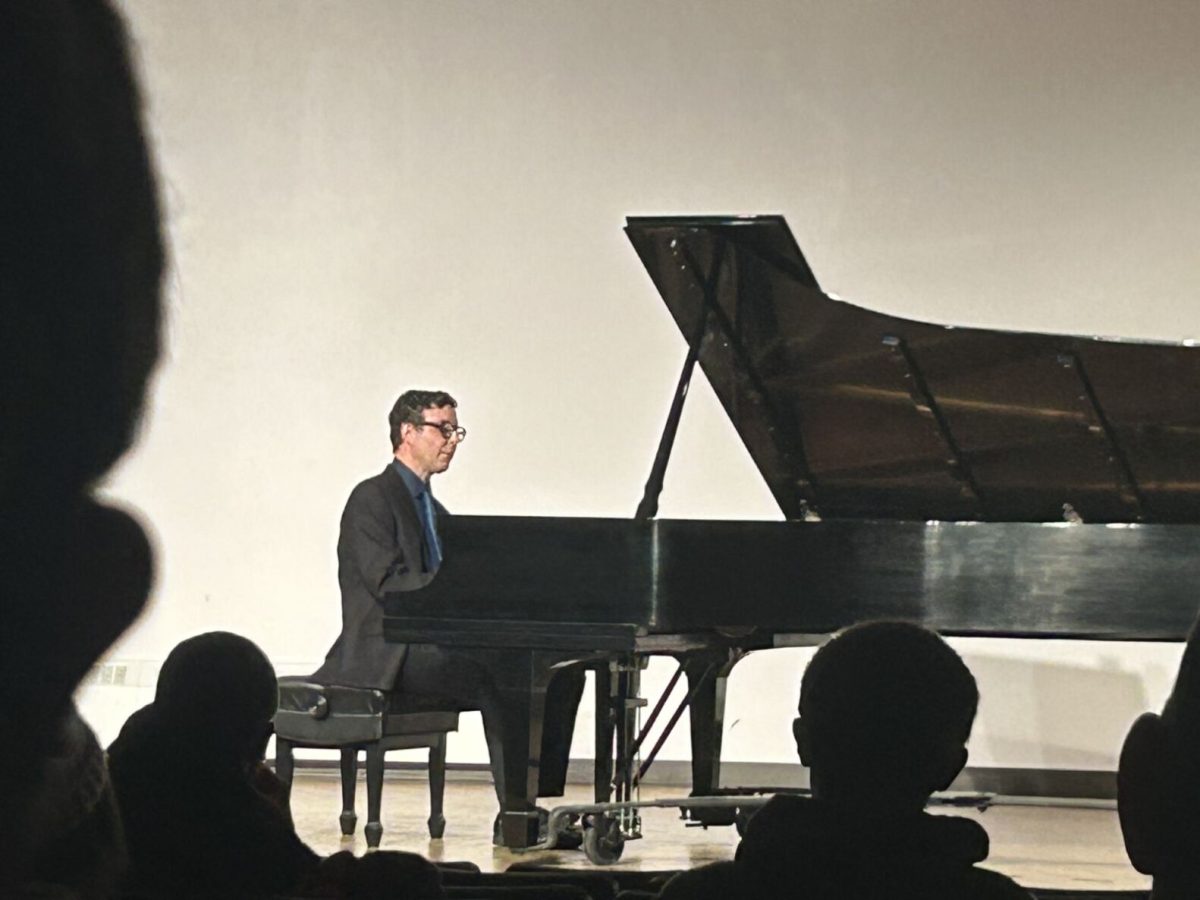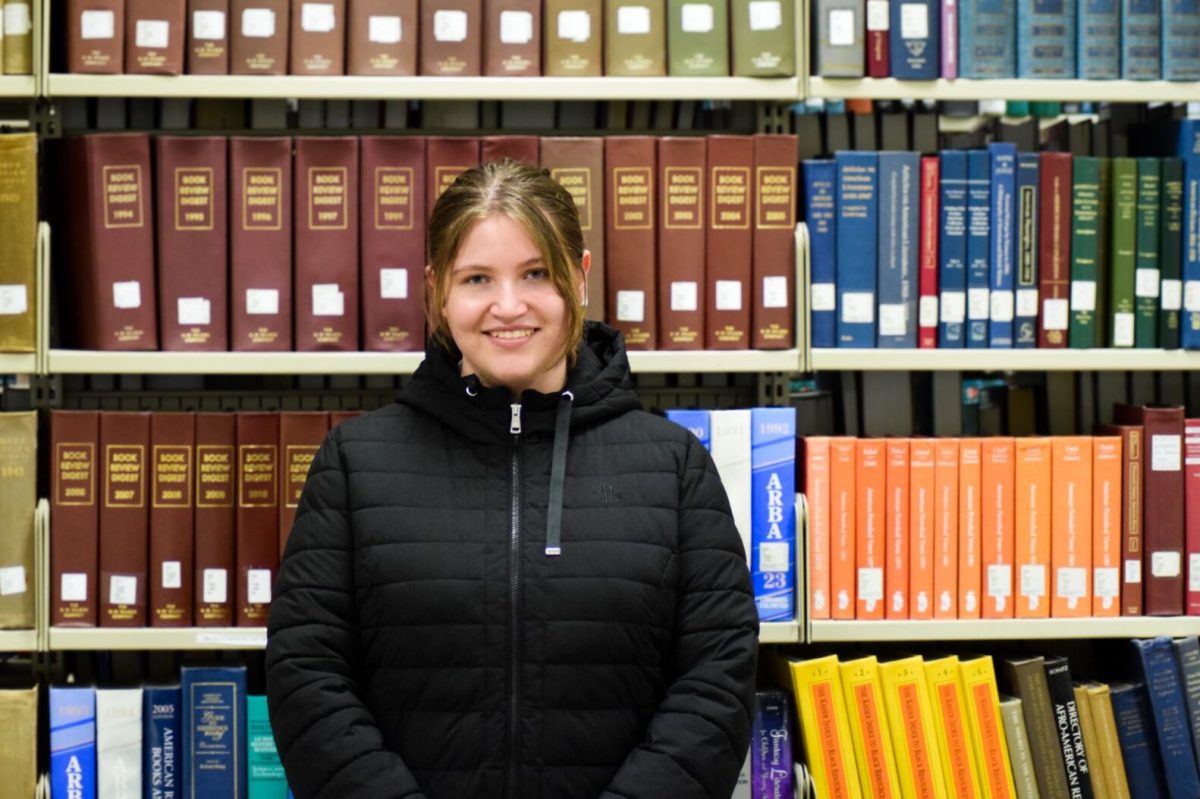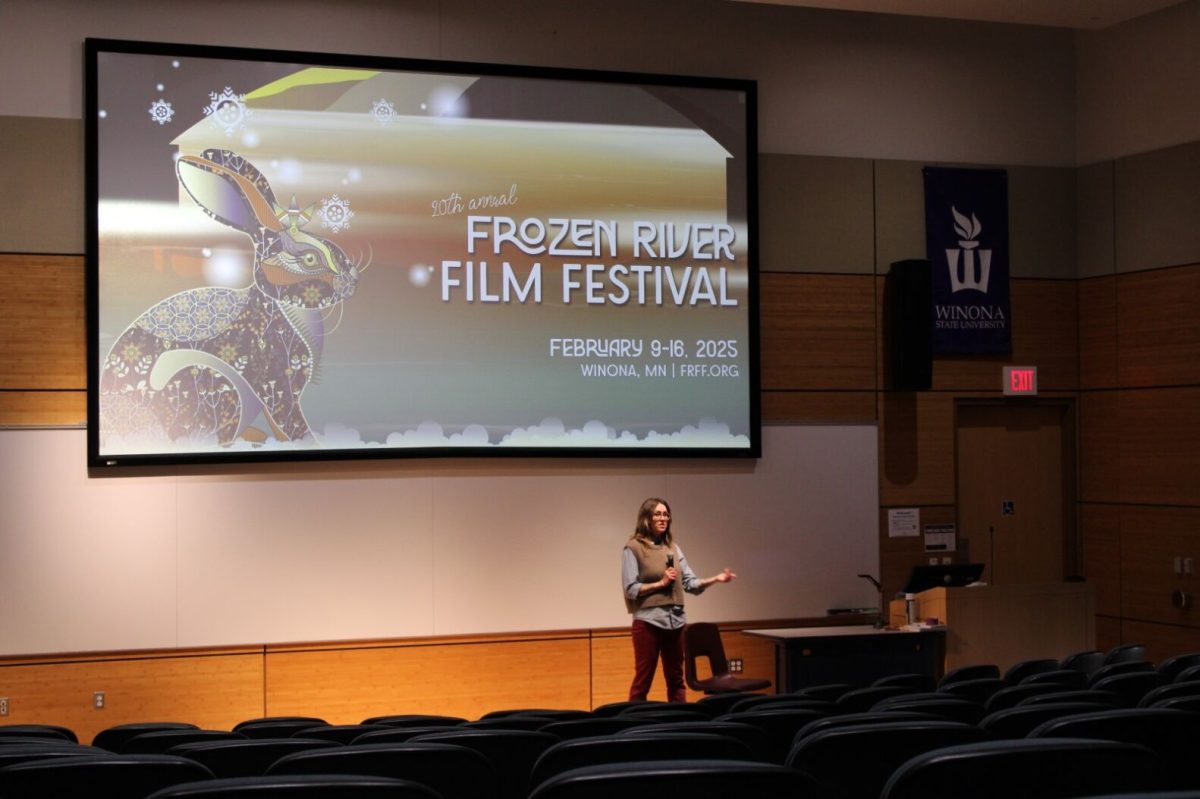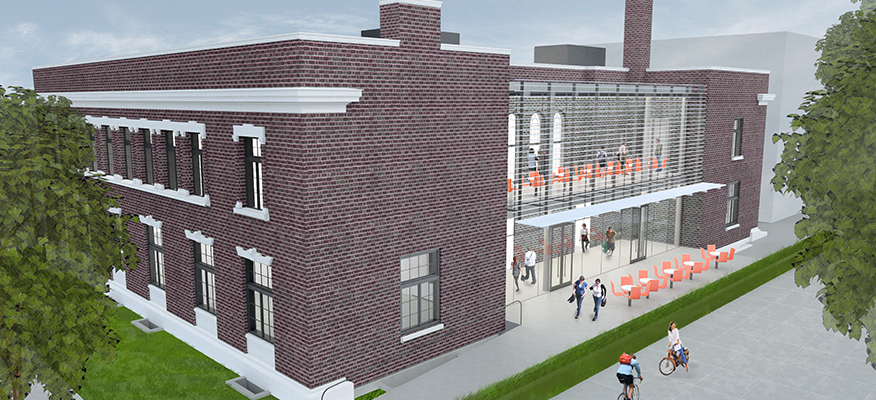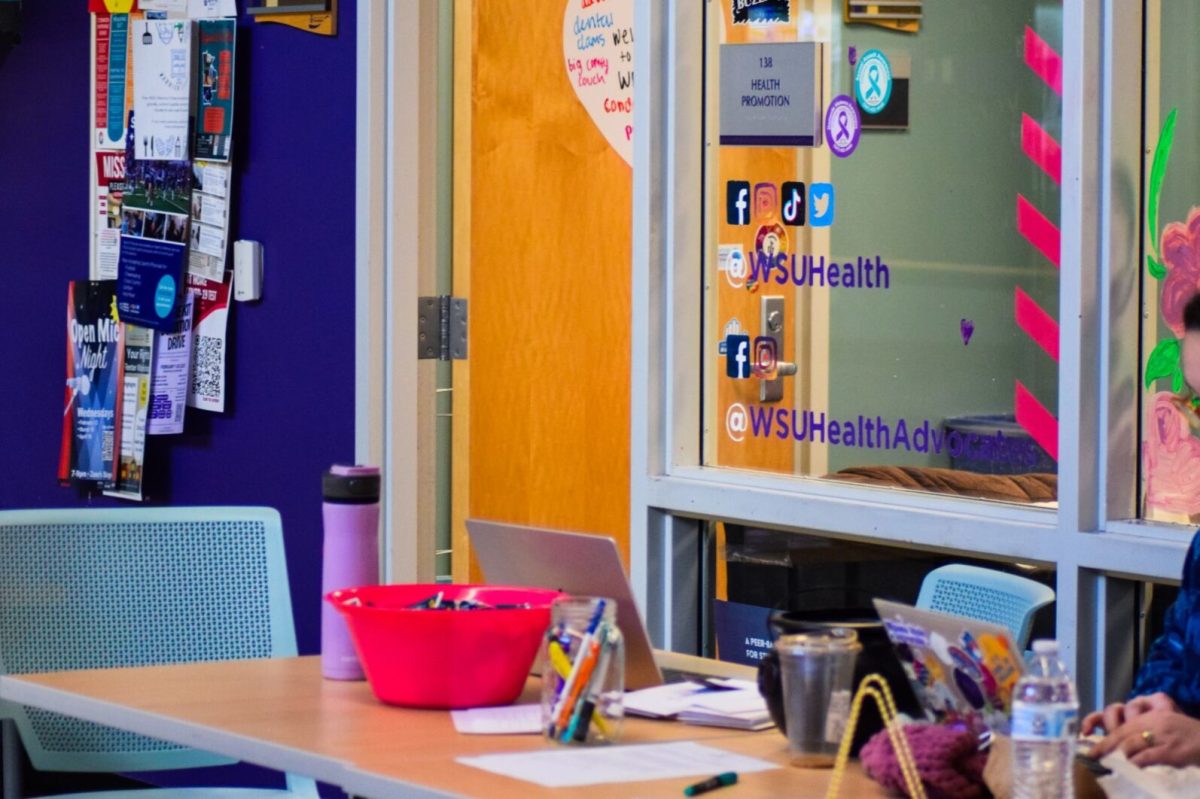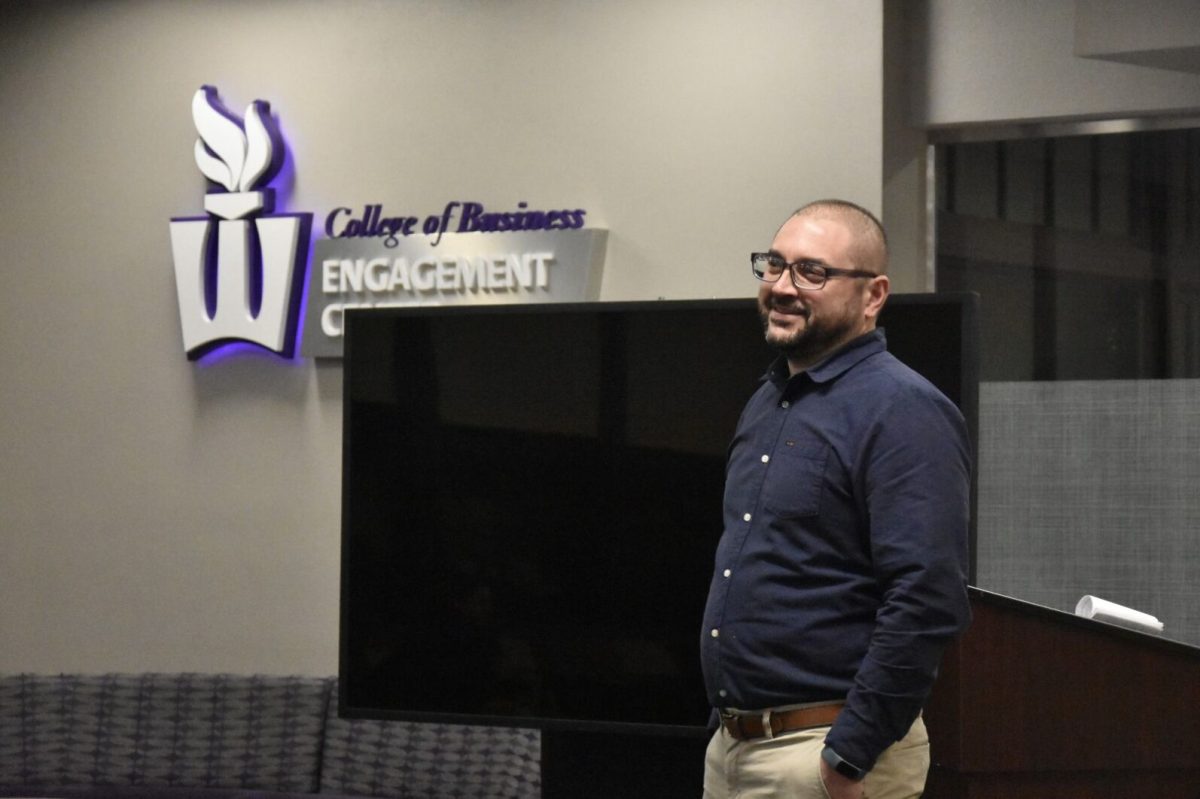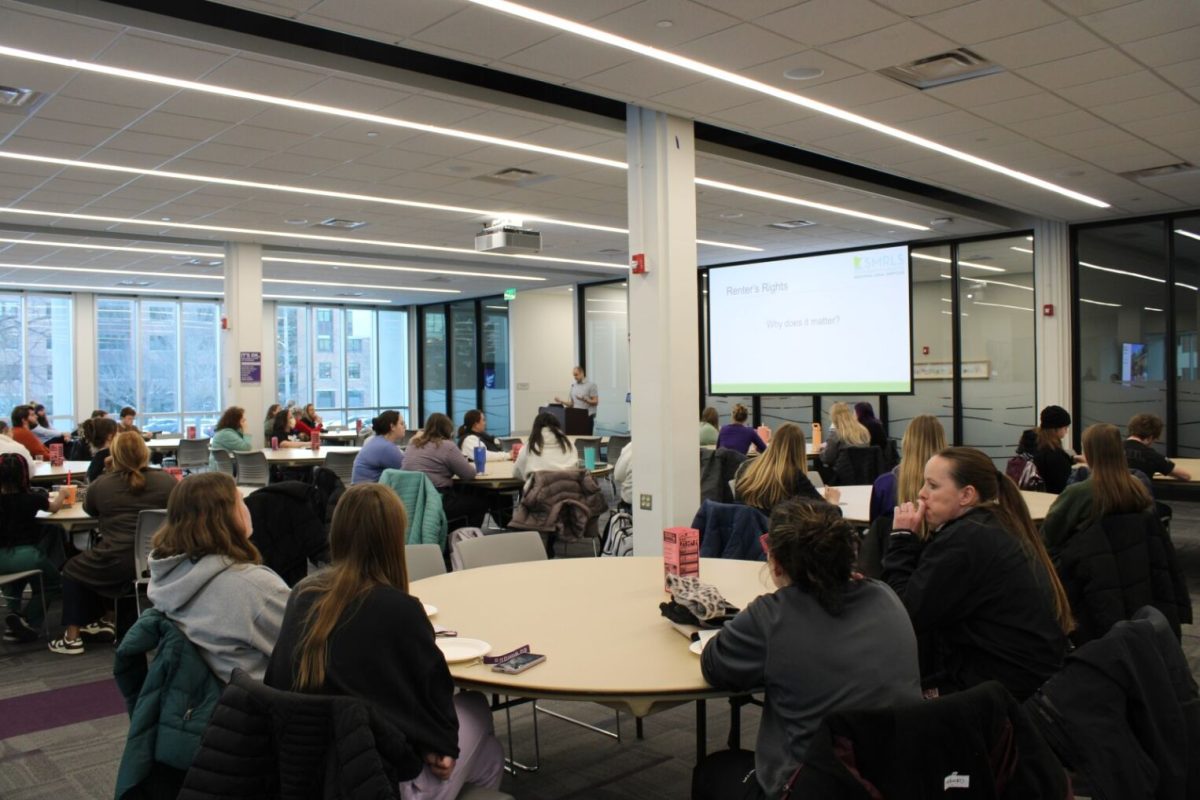Arts and design are celebrated and recognized throughout many universities, but for Winona State (WSU), they are essential. With theater, dance, graphic design, art, music and more, many students can truly express themselves in several ways.
About seven years ago, the Laird Norton Company, a family-owned company that operated lumber companies in the 1920s, donated their historic building in Winona to WSU, and it was named The Laird Norton Center for Art and Design. After planning out the design, workers soon learned that they had just enough funds to remodel part of the first level, but not enough to do the entire building.
James Goblirsch, assistant vice president for facilities management, said that because the remodel was only done on one part of the first floor, students cannot access the rest of the building.
“It’s currently being used by the art and design department for a studio class,” Goblirsch said. “It has extremely limited capacity and use; we are only able to use 2/3 of the first floor and the rest of the building we are not able to use, per building code. We currently do not have any funds to do a large construction project.”
Goblirsch mentioned that because the building was developed in the 1920s, the state wants to preserve most, if not all, of its history.
“The building is pretty much in its original condition; it is a historic structure,” Goblirsch said. “The areas that we have renovated for use, we’ve maintained all of the historic fabrics.”
Rodger Boulay, assistant professor of art and design and gallery coordinator for Watkins Hall, mentioned the potential he sees in the building.
“I think Laird Norton has enormous potential, it’s just that we’ve hit a financial obstacle in terms of renovating and staffing the space to realize what the bigger vision was,” Boulay said. “We’re sort of waiting to see what the new vision is once we hire a new president next year.”
Boulay expressed that the reason for this building is because his students do not have enough space in their current buildings and classrooms for the students to properly perform to their potential.
“These programs need more appropriate spaces for what we’re teaching, specifically design,” Boulay said. “It is way more students than the spaces we must serve those students. Just on a general level, Laird Norton provides us with more space for students to work in and potential for collaboration.”
In terms of the current state of the building, Boulay and Goblirsch mentioned that there is just one renovated portion that acts as a large classroom, and the rest is blocked off for safety reasons.
“It’s a 3D sculpture studio, so it’s a large, open classroom that they’re using for studio space,” Goblirsch said. “They have set up the room to be a studio space for the students. The rest is blocked off.”
Boulay mentioned that the original plan for the building included community opportunities that would connect the town in new ways.
“The original plan was that not only major students, but basically anyone could pay a fee or buy a subscription and come in and learn how to use certain tools, so there’s a lot of potential for collaborating with the community,” Boulay said. “The bigger thing is that that would link the Winona community with Winona State in a way that has never happened before, which is really exciting to think about.”
Boulay also talked about the history of the building, claiming that Laird Norton family members still visit Winona often and celebrate their family history here, and the connection to the community is crucial.
“If you’re standing on the steps of Somsen, you can see Laird Norton because it’s right along Johnson Street, and it links downtown with campus,” Boulay said. “I think it could be used to Winona State’s advantage and also bring the community in and extends campus into the community.”
Goblirsch further said that if the renovations continued, they would keep history in the front of their minds.
“If we chose to renovate it and keep the building, we’d maintain its historic character, and renovate the areas that we’d be able to for our use,” Goblirsch said. “There are portions of the building that are considered historically valuable, and we’ve retained those.”
However, to renovate the rest of the building and gain access to the university and the students, Goblirsch explained that there would be a need for a large donation.
“It would be primarily funded by donors, so it’s hard to predict what a timeline would be to do a major capital campaign for a project like this,” Goblirsch said.
Boulay claimed that staff members try not to mention Laird Norton’s goals to the students very often because they do not want to give out false hope.
“We’ve learned from the past not to talk about Laird Norton too much because we don’t want to get students’ hopes up,” Boulay said. “We have told students that in the past, and we talk about the renovations, and then they get disappointed. That is not the best message to send, but students are aware that the university is trying to get new spaces built for them.
Boulay was happy that the Laird Norton building is still being discussed today and is hopeful for the future.
“We’re hoping to get classroom spaces that would fit those needs more accurately, and Laird Norton would provide that if the university can find a way to renovate the space in any way, shape or form.”

